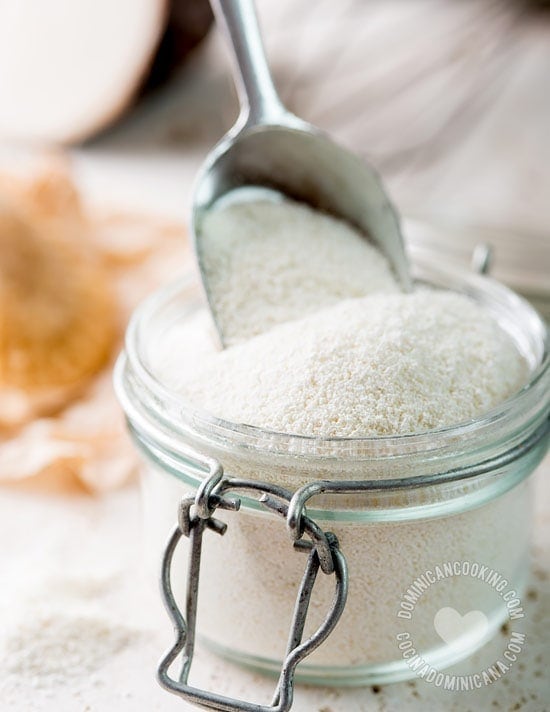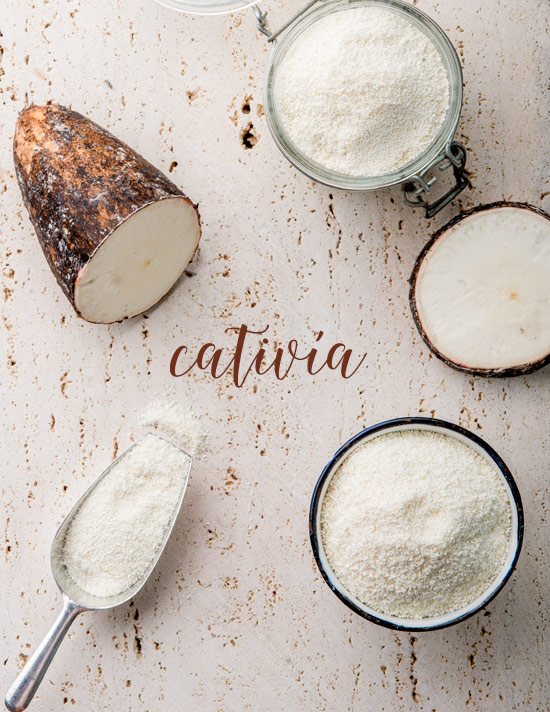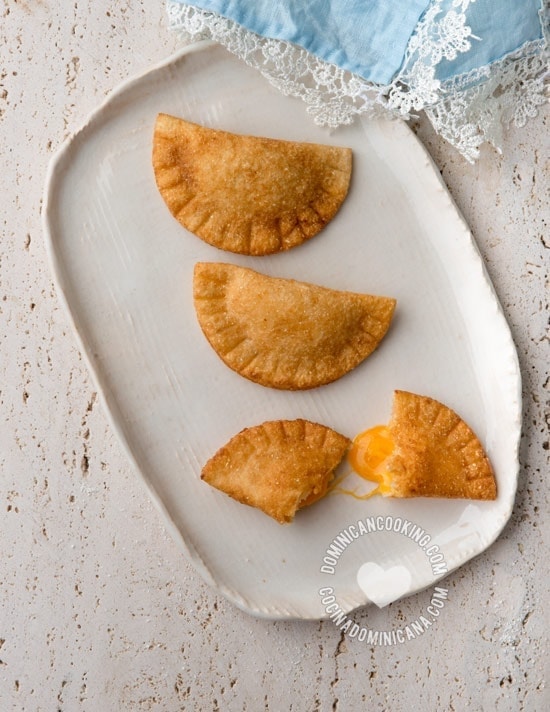Cativía, or Catibía (Cassava Flour, Tapioca), is one of the most ancient traditions in our cuisine, the base of a number of traditional dishes, notably casabe, and cativía empanadas.
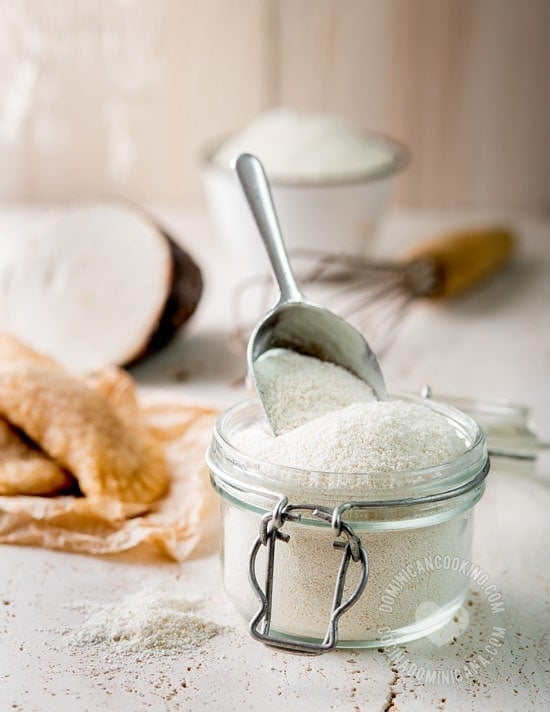
Why we ❤️ it
We already have a recipe for cativía (or catibía, more on that later) in our collection, so this may be confusing.
What is catibía?
Let me start by clarifying what cativía is: Dominicans also use the name for Empanadas de Yuca (Cassava Empanadas), but cativía is, in fact, the name for cassava flour (also known as tapioca flour).
Cativía is an ancient food, and what I found during my research is what led me to re-write the other recipe and write this one.
History of cativía
First, cativía is part of our Taino heritage. It was an important part of their diet, and they used it to make Casabe (for which they used slightly damp cativia before it dried completely). We are lucky that colonial writers paid attention to this, and wrote about it. As a result, we have a pretty good idea about the importance of this ingredient and how it was prepared.
Here are a few things about cativía (also catibía [1] ): Making it during pre-Columbian times was very labor-intensive, especially because the variety of yuca widely available at the time had a high toxin content that was eliminated by the cativia-making process. The process of squeezing the liquid out of the yuca (which is also how most yuca-based dishes are made) was needed back then to eliminate these toxins [2]. For other yuca-based dishes, other methods like fermentation were also used. In the Dominican Republic, we are lucky that the yuca we buy practically anywhere is non-toxic, and can be cooked in any manner we wish.
Frying wasn't part of the Taino culinary repertoire, so the fried empanadas we know now could not have come from their culture. That came later, and it's probably one of the first examples of "criollo" cuisine, merging a Taino product with a dish and cooking method that came with either the conquistadors, African slaves, or both.
About this tapioca flour recipe
So, if you're asking yourself what the point is of making this by hand, other than a clumsy attempt at Luddism or misguided purism (after all, cassava flour is available in supermarkets), the answer is no: I have not fallen victim to some sort of culinary prescriptivism - this is an entirely practical matter. Let me explain...
The purpose of this recipe, or how-to, if you will, is to make another attempt at simplifying the process of making yuca empanadas, and, having taught you how to make cassava flour at home, to teach you how to make other dishes with this ancient ingredient. You can use this homemade cassava flour to make other yuca flour recipes, we already have a dessert recipe we published long ago that is made with yuca flour, so you can try that one too.

Recipe
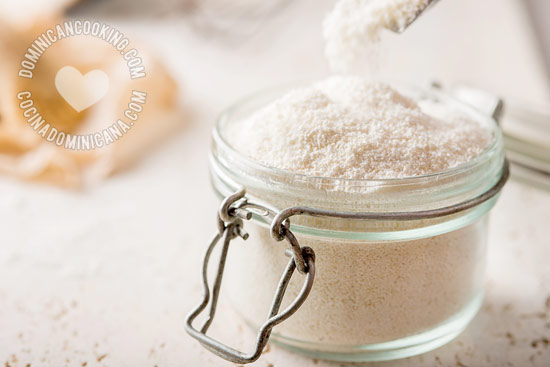
[Recipe + Video] Cativía (Cassava Flour, Tapioca flour)
Ingredients
- 1.17 pound yuca (cassava), [530g], peeled and washed
Instructions
- Grate the cassava with the least coarse side of the grater.
- Using a clean cotton cloth, squeeze the cassava until you extract as much liquid as possible.
- Spread on a baking tray, breaking clumps, it should be slightly damp and the texture will be similar to grated parmesan.
- Refrigerate uncovered for 24 hrs or until it has dried completely (see notes). Sift and discard any large clumps.
Video
Tips and Notes
Nutrition
Nutritional information is calculated automatically based on ingredients listed. Please consult your doctor if you need precise nutritional information.
Reference
- Comer Catibía. Josefina Ortega. La Jiribilla: Revista de Cultura Cubana.
- Cocina Caribe


